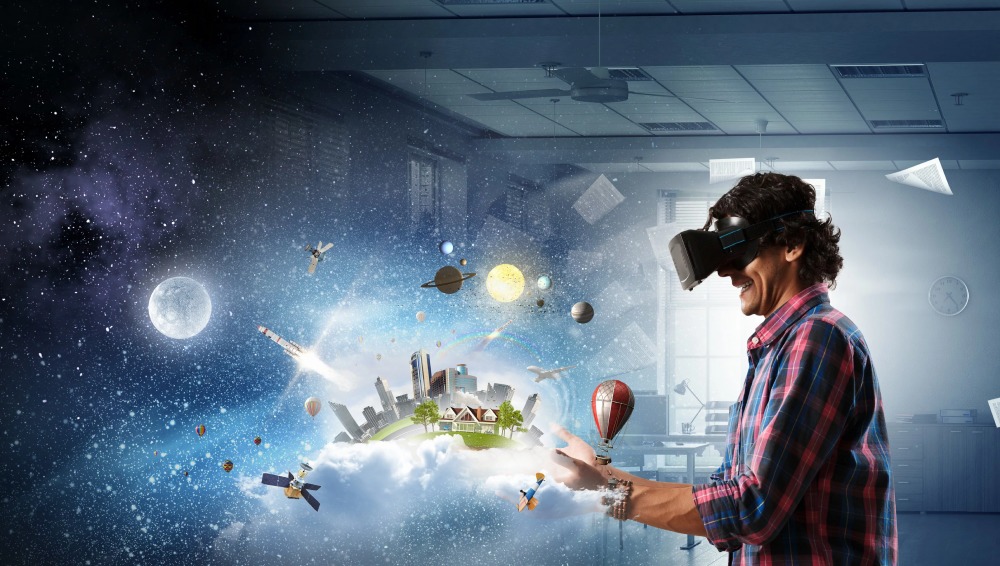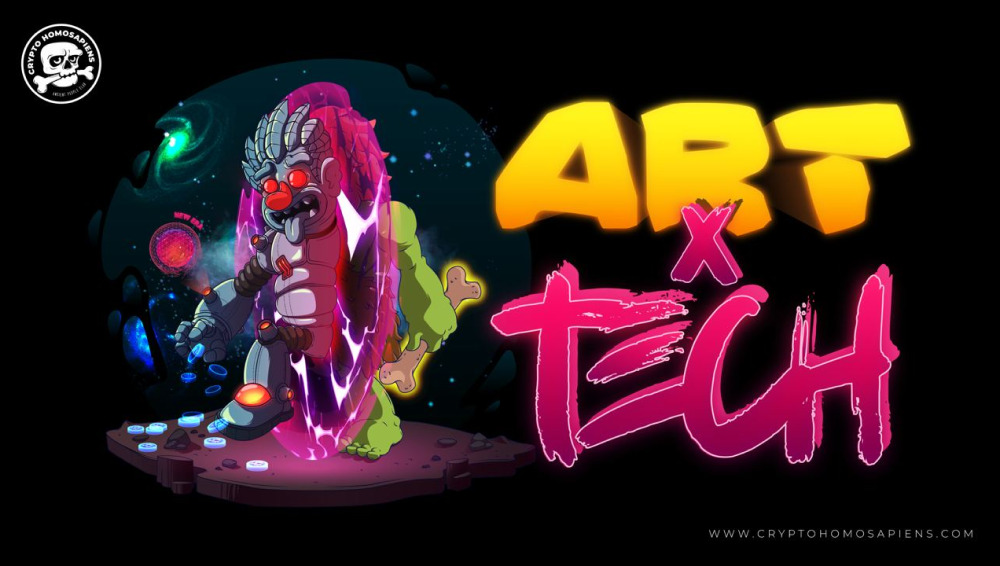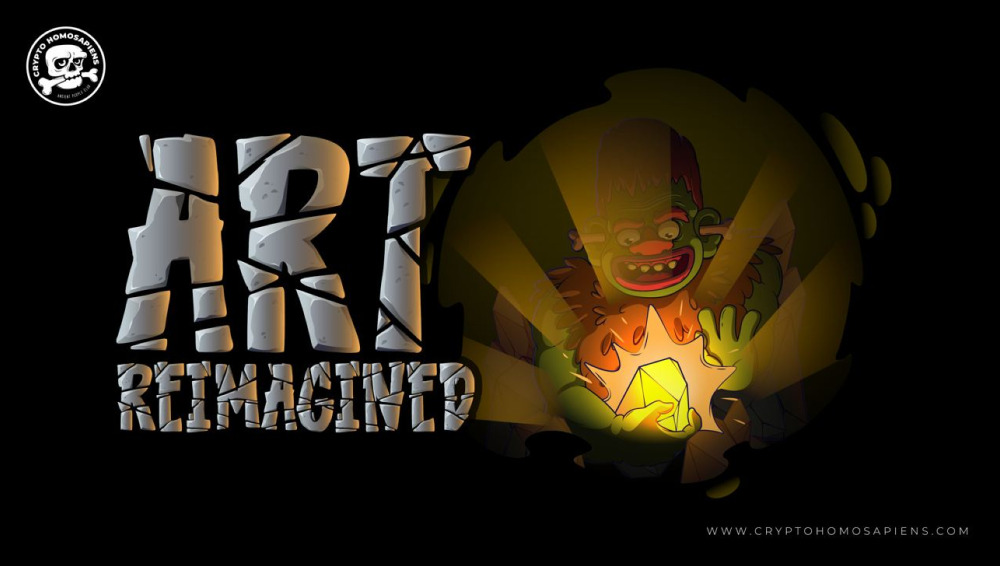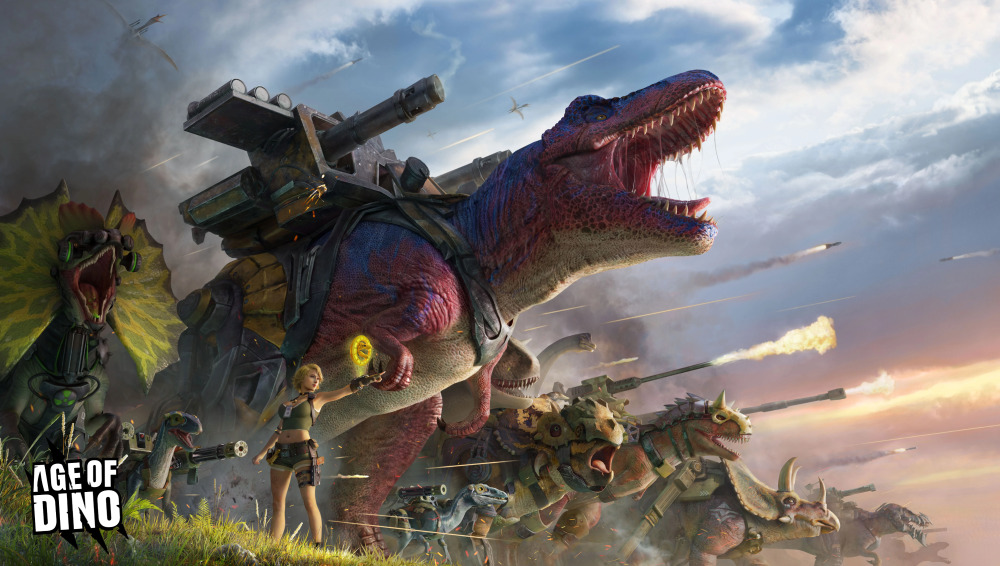Quick Summary:
- Using AR and VR technology in art NFTs is growing in popularity.
- In the metaverse, any asset, real or unreal, can find its place because there is no limit to what can be done with them.
Related: How AR and VR are Empowering the Metaverse
The NFT scene continues to be dominated by two-dimensional images, music, and videos, but immersive technologies like AR and VR are extending NFTs into the third dimension.
A new class of NFTs called immersive NFTs will enable users to interact and engage with content in unexpected ways in the metaverse. By creating immersive NFTs, we can take digital ownership to a whole new level. By acting as a bridge between the physical and digital worlds, they will contribute significantly to the development of metaverse applications.
Virtual reality versus augmented reality

Using AR, the user’s physical world is combined with digital content to create an interactive experience. VR, on the other hand, uses a completely virtual environment. Several of us can easily access AR applications because we only need smartphones, tablets, or AR-enabled websites. However, to experience the virtual worlds enabled by VR technology, we need headsets like the Oculus Rift.
Because of the differences in underlying technologies, immersive NFT applications are also different.
AR-enabled immersive NFTs
Using AR technology in art NFTs is growing in popularity. His works are displayed in physical art galleries, and he also offers interactive stories to people via tablets and smartphones. Marc-o-Matic uses both traditional art and immersive technology to tell engaging stories.
For virtual try-on applications, companies create realistic 3D models of their products and add capabilities for consumers to try them on. These applications combine immersive NFTs with AR to help consumers make better purchasing decisions.
A virtual try-on NFT sneaker from Kivisense, for instance, uses AR to allow consumers to try on wearable NFTs. DressX is a company built on the idea of digital-only fashion to reduce the excessive production of physical clothes. The same technology is also applicable to other product categories, such as jewelry and other fashion items. It utilizes AR technology to facilitate the try-out of wearables, as well as offering them as NFTs.
In addition to these applications, nearly any AR experience can be turned into an immersive NFT, including world lenses and face filters found on social media, for example.
VR-enabled immersive NFTs
In the metaverse, any asset, real or unreal, can find its place because there is no limit to what can be done with them.
The in-game NFT items in MMORPGs, for example, are designed to be VR-ready from the ground up, and their creators can incorporate emerging technologies like artificial intelligence and dynamic NFTs to create new immersive experiences. Everything depends on imagination here.
In addition to architecture and interior design, we also see many examples of modeled 3D products for the virtual world. Andrés Reisinger is a leading figure in this area. He makes surreal furniture items as NFTs. VR-ready, many of his creations can be placed in virtual worlds like Decentraland.
Sculptor Joshua Skirtich, for instance, sculpted the Jenesis collection in VR and merged it with augmented reality to create the best viewing experience for Guggenheim visitors.
Conclusion:
We can create entirely new metaverse experiences using immersive NFTs. These new NFTs will enable users to interact and engage with content in ways they would have never thought possible.
Disclaimer: This article is provided for informational purposes only. It is not offered or intended to be used as legal, tax, investment, financial, or other advice.






